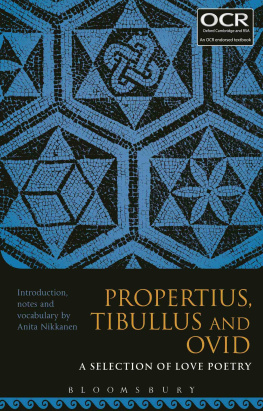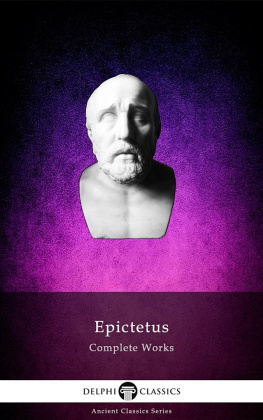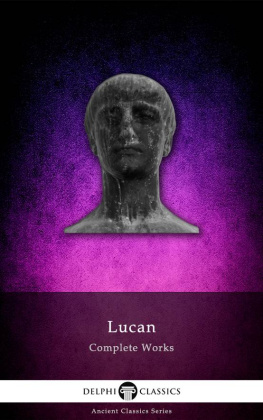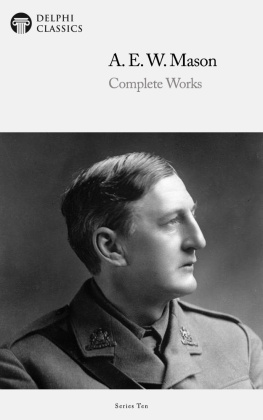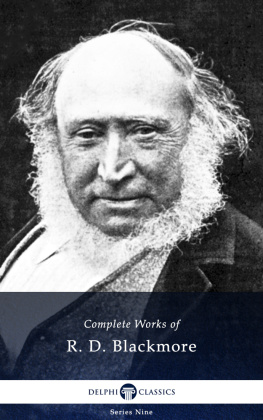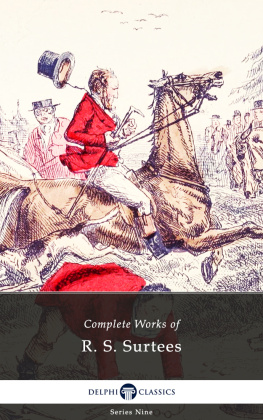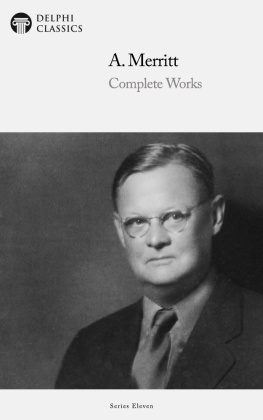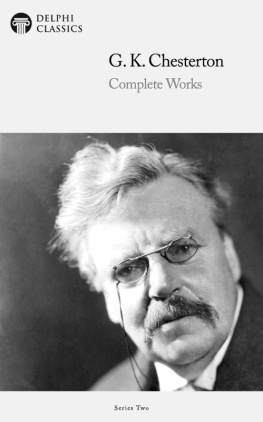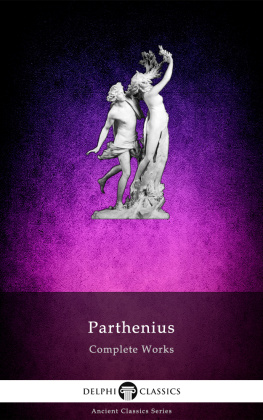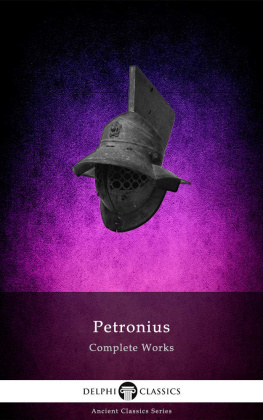Tibullus - Complete Works of Tibullus
Here you can read online Tibullus - Complete Works of Tibullus full text of the book (entire story) in english for free. Download pdf and epub, get meaning, cover and reviews about this ebook. year: 2015, publisher: Delphi Classics, genre: Science. Description of the work, (preface) as well as reviews are available. Best literature library LitArk.com created for fans of good reading and offers a wide selection of genres:
Romance novel
Science fiction
Adventure
Detective
Science
History
Home and family
Prose
Art
Politics
Computer
Non-fiction
Religion
Business
Children
Humor
Choose a favorite category and find really read worthwhile books. Enjoy immersion in the world of imagination, feel the emotions of the characters or learn something new for yourself, make an fascinating discovery.

Complete Works of Tibullus: summary, description and annotation
We offer to read an annotation, description, summary or preface (depends on what the author of the book "Complete Works of Tibullus" wrote himself). If you haven't found the necessary information about the book — write in the comments, we will try to find it.
Complete Works of Tibullus — read online for free the complete book (whole text) full work
Below is the text of the book, divided by pages. System saving the place of the last page read, allows you to conveniently read the book "Complete Works of Tibullus" online for free, without having to search again every time where you left off. Put a bookmark, and you can go to the page where you finished reading at any time.
Font size:
Interval:
Bookmark:
The Complete Works of
TIBULLUS
(c. 55 BC19 BC)

Contents

Delphi Classics 2015
Version 1

The Complete Works of
ALBIUS TIBULLUS

By Delphi Classics, 2015

Ancient forum in Rome little is known about Tibulluslife. There are only a few references to him and his birthplace and gentilename have been much disputed.

Translated by J. P. Postgate
Very little isknown about the life of Albius Tibullus (55 BC 19 BC), the Latin poet andwriter of elegies. There are only a few references to him in later writers anda short Life of doubtful authority.His praenomen is not known, nor is his birthplace and his gentile name has beenquestioned. His status was probably that of a Roman knight (which the spuriousbiography affirms) and it is conjectured that he inherited a considerableestate. But, like Virgil, Horace and Propertius, he seems to have lost most of hisproperty in 41 BC amongst the confiscations of Mark Antony and Octavian.Tibullus chief friend and patron was Marcus Valerius Messalla Corvinus, whowas himself an orator, poet and statesman, as well as firmly being established atthe centre of a literary circle in Rome.
Tibullus extantworks survive in two books, with the first consisting of poems written atvarious times between 30 and 26 BC. The poets principle lover, the subject of BookI, is addressed as Delia in the text, though we have since learnt from thenovelist Apuleius (Apol. 10) that her real name was Plania. The poems whichrefer to Delia are arranged in no particular chronological order. It isrevealed in the elegies that she was not entitled to wear the stola, the dressof Roman matrons (i. 6, 68), indicating her low social status. In the secondelegy of the first book, her husband is mentioned as absent. Tibullus suit wasfavoured by Delias mother, of whom he speaks in affectionate terms in thesixth elegy. However, Tibullus is appalled to find that he was not Delias onlylover and, with his entreaties and appeals being ignored, no more mention ofDelia is made after the first book. In addition, several elegies in Book Iconcern Tibullus love for a boy named Marathus.
It is likelythat the second book was published before the poets death in 19 BC, offering asmaller collection of 428 lines, as the book is believed to be incomplete.Delias place is filled by Nemesis, another fictitious name, who, like theCynthia of Propertius, was most likely a courtesan of the higher class, having manyother admirers besides Tibullus. He complains bitterly of his bondage, her greedand her hard-heartedness. In spite of all, however, she seems to have retainedher hold on the poet until his death.
It is believedthat many other works by Tibullus have been lost. A third and fourth book havesurvived antiquity, though they are very likely by the hands of other poets.The third book contains 290 verses by a much inferior poet. The writer callshimself Lygdamus and the love that he sings of Neaera. He has little poeticalpower and his style is meagre and superficial. We do not know when Lygdamus poems were addedto the genuine poems of Tibullus. Thefourth book consists of poems of very different quality, beginning with acomposition of 211 hexameters on the achievements of Messalla judged widelyas being very poor in quality. The author is unknown; but he was certainly notTibullus.
Tibullusstyle gives the impression of an amiable man, with generous impulses andunselfish disposition, revealing himself as loyal to his friends, to the pointof self-sacrifice, and constant to his mistresses. His tenderness towards themis enhanced by his delicacy of expression, which demonstrates a rare trait amonghis fellow ancient writers. When treated cruelly by his lover, Tibullus doesnot invoke curses upon her head. Instead he goes to her little sisters grave,hung so often with his garlands and wet with his tears, to bemoan his fate. Hisideal is a quiet retirement in the country with his lover by his side. He expressesno ambition not even a poets typical yearning for immortality. In an age ofcrude materialism and gross superstition, he was religious in the traditional oldRoman way. His clear, polished and yet unaffected style made him a greatfavourite, placing him in the judgment of Quintilian ahead of other elegiacwriters. For natural grace, tenderness and exquisiteness of feeling andexpression, he stands alone. Tibullus is regarded as smoother and more musicalin expression, though his elegies are liable to become monotonous, with many beingsymmetrical in composition.
The bestmanuscript of Tibullus is the Ambrosianus (A), which has been dated c. 1375,whose earliest known owner was the humanist Coluccio Salutati. There are also anumber of extracts from Tibullus in Florilegium Gallicum, an anthology fromvarious Latin writers collected in the mid-twelfth century, and a few extractsin the Excerpta frisingensia, preserved in a manuscript now at Munich. Alsoexcerpts from the lost Fragmentumcuiacianum, made by Scaliger, and now held in the library at Leiden are ofimportance for their independence of A.

Coluccio Salutati (1331-1406) was an Italian humanistand man of letters, being one of the most important political and culturalleaders of Renaissance Florence. He is the earliest known owner of theAmbrosianus (A) manuscript of Tibullus elegies.
CONTENTS

Luca Signorellis depiction of Tibullus, c. 1499
INTRODUCTION
THE poems whichhave come down to us under the name of Tibullus consist of three books, thefirst two of which, published before his death in 19 B.C., were known toantiquity under the titles of Delia andNemesis, the mistresses whom theycelebrated. The third book (divided by the Renaissance scholars into two),which may be called the Messalla collection, and consisting of pieces bydifferent hands, was added at some later time. Among its contents may bedistinguished six elegies by one Lygdamus dedicated to a Neaera, a panegyricof Messalla in hexameter verse, five short and graceful poems on the love ofSulpicia, a kinswoman of Messalla, for a certain Cerinthus, and possiblywritten by Tibullus, followed by six very brief pieces by the lady herself,upon which they appear to have been founded, and, lastly, two poems of doubtfulauthorship, though the first (III. xix.) claims to be by Tibullus. On thesequestions, and on that of the name of the poet, generally said to be AlbiusTibullus, see Postgate, Selections fromTibullus (ed. 2, 1910), pp xxxiv-li and 179-184.
Font size:
Interval:
Bookmark:
Similar books «Complete Works of Tibullus»
Look at similar books to Complete Works of Tibullus. We have selected literature similar in name and meaning in the hope of providing readers with more options to find new, interesting, not yet read works.
Discussion, reviews of the book Complete Works of Tibullus and just readers' own opinions. Leave your comments, write what you think about the work, its meaning or the main characters. Specify what exactly you liked and what you didn't like, and why you think so.


